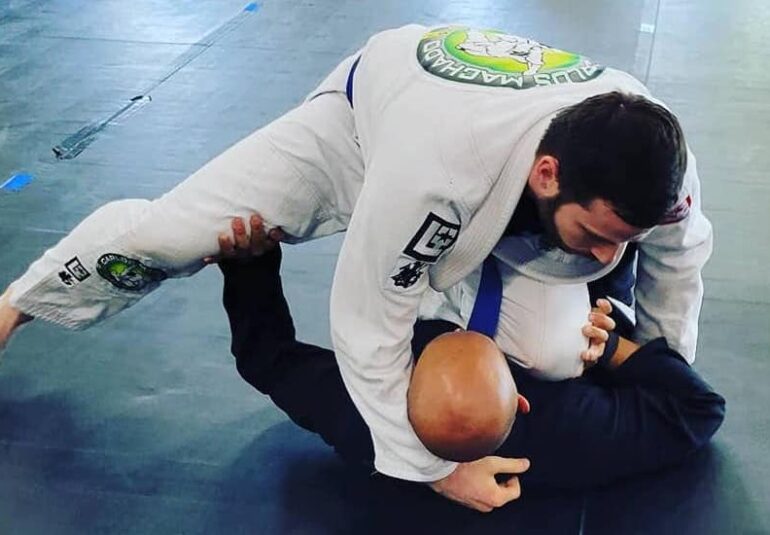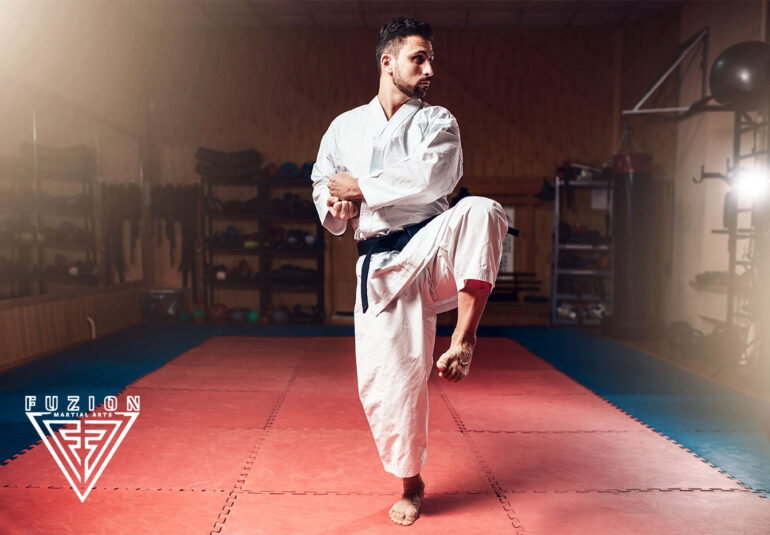
- 737
Kung Fu, often synonymous with Chinese martial arts, is more than a collection of combat techniques—it is a profound philosophy, a way of life, and a cultural treasure deeply rooted in the history of China. Its origins are a fascinating tapestry of myth, history, and spirituality, woven together over thousands of years. This blog delves into the rich history and cultural significance of Kung Fu, tracing its journey from ancient China to its global influence today.
The Mythical Beginnings
The origins of Kung Fu are often entwined with Chinese mythology. According to legend, the Yellow Emperor, Huangdi, introduced the earliest forms of martial arts during his reign around 2698 BCE. Known as a warrior, strategist, and philosopher, Huangdi is said to have developed combat techniques to defend against invaders and teach self-discipline to his followers.
Another prominent figure in Kung Fu lore is the Indian monk Bodhidharma (Da Mo). Around the 5th or 6th century CE, Bodhidharma traveled to China and settled at the Shaolin Temple. He is credited with teaching the monks exercises and techniques to enhance their physical fitness, enabling them to endure rigorous meditation. These movements evolved into the foundation of Shaolin Kung Fu, blending physical prowess with Zen Buddhism’s spiritual teachings.
The Evolution of Kung Fu
Kung Fu’s development spans millennia, shaped by China’s socio-political landscape, philosophical traditions, and practical needs. Its evolution can be broadly divided into several key periods:
Prehistoric and Early Dynastic China
The earliest forms of Kung Fu were likely rudimentary self-defense techniques used for survival. Evidence of hand-to-hand combat and weaponry training dates back to the Xia (2070–1600 BCE) and Shang (1600–1046 BCE) dynasties. These early practices laid the groundwork for more sophisticated martial arts systems.
The Warring States Period (475–221 BCE)
During this era of constant conflict, the need for effective combat techniques led to significant advancements in martial arts. The “Sword of Goujian,” a beautifully crafted and highly functional weapon, exemplifies the martial skill and craftsmanship of this time.
Confucianism and Daoism also emerged during this period, influencing the philosophical underpinnings of Kung Fu. Daoist concepts of balance, flow, and harmony with nature became integral to the martial arts ethos.
The Han Dynasty (206 BCE–220 CE)
The Han dynasty saw the formalization of martial arts as both a military and civilian practice. The term “Wushu,” meaning “martial arts,” began to take shape. Training manuals and texts documented techniques and strategies, blending physical and mental discipline.
The Shaolin Temple Era (5th–7th Century CE)
The Shaolin Temple in Henan Province became a pivotal center for Kung Fu. Monks trained to defend the temple from bandits, and their practices gained legendary status. Over time, Shaolin Kung Fu grew into a sophisticated system encompassing striking, grappling, and weapon techniques.
The Shaolin philosophy emphasized the unity of mind, body, and spirit, incorporating Chan (Zen) Buddhist principles. This holistic approach made Kung Fu not only a martial art but also a spiritual discipline.
Philosophical Foundations
Kung Fu is deeply intertwined with Chinese philosophy, particularly Confucianism, Daoism, and Buddhism. These schools of thought shaped its ethical code and training principles:
•Confucianism emphasized discipline, respect, and moral integrity, which became central to the martial artist’s character.
•Daoism introduced concepts like “Wu Wei” (effortless action) and harmony with nature, influencing Kung Fu’s fluid movements and adaptability.
•Buddhism, particularly Zen, encouraged mindfulness, self-awareness, and inner peace, balancing the martial aspect with spiritual growth.
Kung Fu in the Modern Era
By the Ming (1368–1644) and Qing (1644–1912) dynasties, Kung Fu had evolved into hundreds of styles, each with its unique techniques and philosophies. Some of the most famous include:
•Shaolin Kung Fu: Known for its rigorous training and diverse techniques.
•Tai Chi: A slow, meditative style focusing on balance and internal energy.
•Wing Chun: A close-combat style emphasizing efficiency and directness.
In the 20th century, Kung Fu gained international fame through iconic figures like Bruce Lee and Jet Li, who showcased its artistry and effectiveness on the global stage. Today, it continues to thrive as a martial art, performance art, and cultural expression.
Kung Fu is more than a martial art; it is a living legacy that embodies the essence of Chinese culture, philosophy, and history. From its mythical beginnings to its modern-day prominence, Kung Fu remains a testament to the human spirit’s quest for harmony, discipline, and self-mastery.
Whether practiced for self-defense, fitness, or spiritual growth, Kung Fu continues to inspire millions worldwide. Its origins remind us that the journey is as important as the destination—a principle that lies at the heart of this timeless art.


